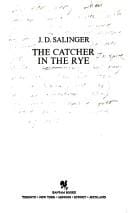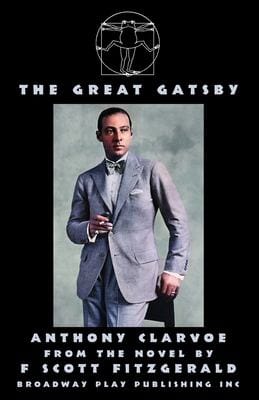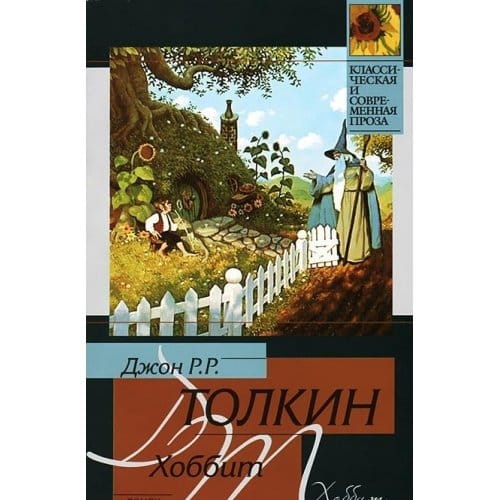Exploring The Catcher in the Rye: Themes, Symbolism, and Legacy
Comprehensive look at Salinger's The Catcher in the Rye: plot, themes, symbols, legacy, and reasons it still resonates with readers today.

Introduction
Since its publication in 1951, J.D. Salinger’s novel The Catcher in the Rye has held a unique place in American literature. Centered on the disillusioned teen narrator Holden Caulfield, the book captures the confusion of adolescence with a rawness that still feels contemporary. Understanding its nuanced themes, evocative symbols, and lasting cultural influence can deepen appreciation of why it continues to sell more than a million copies every year.
Plot Summary
The story unfolds over three winter days after Holden is expelled from Pencey Prep, the latest in a string of elite schools he has flunked out of. Choosing to avoid an early return to his parents’ Manhattan home, he checks into a cheap New York hotel and drifts through bars, museums, and Central Park. Encounters with nuns, cab drivers, old classmates, and his beloved younger sister Phoebe expose his contempt for “phoniness” while revealing profound loneliness. By the circular ending in a mental facility, readers are left questioning how much of Holden’s account is therapy, confession, or a veiled cry for help.
Major Themes
Alienation and Identity
Holden’s trademark red hunting hat announces his outsider status even in crowded streets. His knee-jerk habit of labeling teachers and peers as phonies acts as a shield against possible rejection, yet it also traps him in isolating cynicism. Torn between craving belonging and fearing intimacy, he embodies the adolescent search for an authentic self—a struggle as urgent today as it was in the post-war era.
Loss of Innocence
Grief over his brother Allie’s death drives Holden’s obsession with childhood purity. He winces at vulgar graffiti in Phoebe’s school and rescues her from the carousel’s brass ring in a futile attempt to freeze time. Salinger positions innocence not as a stage that ends, but as a fragile quality society relentlessly erodes.
Symbolism That Resonates
The novel’s title springs from Holden’s mishearing of Robert Burns’s poem “Comin’ Thro’ the Rye.” Imagining himself catching children before they tumble off a cliff, he envisions a guardian role that would spare others the pain he feels. The Museum of Natural History, frozen in permanent display, mirrors his wish for life to stay predictable. Even the ducks in Central Park’s lagoon echo his seasonal displacement: Where do they go when the water freezes? Each symbol complicates the reading and invites personal interpretation.
Literary Legacy and Cultural Impact
Often challenged for profanity and candid sexual references, The Catcher in the Rye has become a flashpoint in debates over classroom censorship. Its colloquial style paved the way for later coming-of-age novels like The Perks of Being a Wallflower and Looking for Alaska. Musicians from Green Day to Guns N’ Roses have referenced Holden Caulfield, while film and television regularly borrow his sardonic archetype. Attempts to ban the book have unintentionally amplified its mystique, ensuring every generation rediscovers it.
Why the Novel Still Matters
Despite being set in the 1940s, Salinger’s critique of consumer culture and obsession with authenticity foreshadow today’s anxieties over curated social media feeds. Holden’s depressive spirals and abrasive humor offer early, empathetic insight into mental health struggles that society now discusses more openly. For educators, the text sparks conversations about language, trauma, and moral ambiguity. For casual readers, it delivers an unfiltered voice that still sings with immediacy.
Conclusion
Reading The Catcher in the Rye is less about following plot than inhabiting a restless voice that refuses to be smoothed into respectability. Holden Caulfield’s slangy cadence, sharp wit, and aching vulnerability draw us into an intimate dialogue with our own memories of confusion and hope. By pairing satire with genuine concern for innocence, Salinger created a novel that remains urgent long after its initial shock value faded. More than seventy years later, its open questions about authenticity, responsibility, and belonging continue to invite fresh debate—and perhaps to catch a new generation before they fall.



